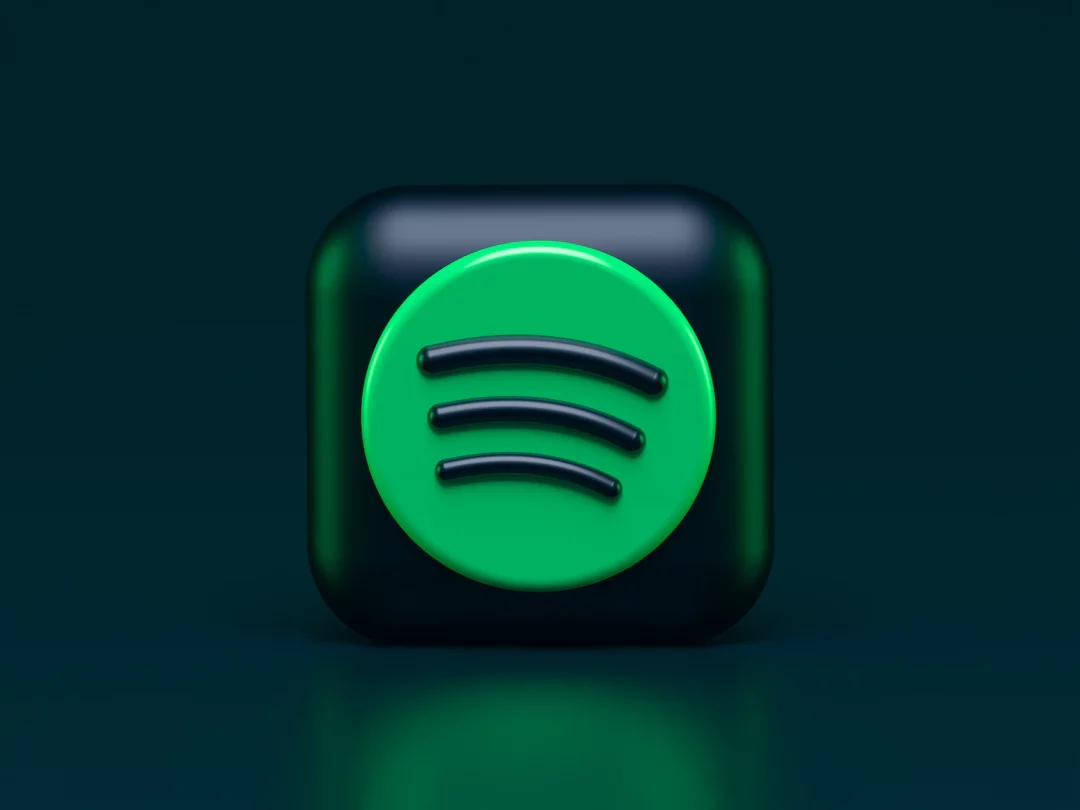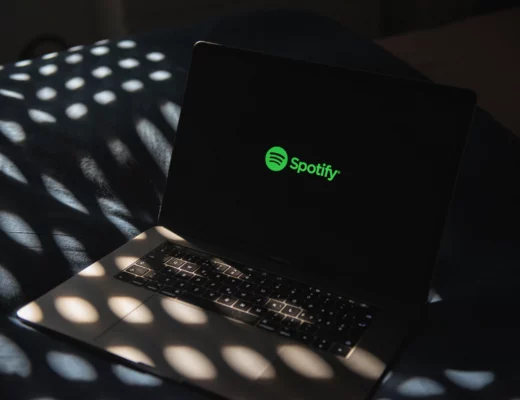Standing out in a crowded digital music landscape has become one of the biggest hurdles for independent artists to overcome. Distributors and labels used to stand in front of the gates of the music industry. Now there is a bottleneck of other artists trying to get through, leading to talented artists getting a fraction of the renown they deserve.
The platforms that enabled the democratisation of the music industry have facilitated an oversaturation. However, there is a silver lining in the marketing tools that, if used properly, can allow artists to connect to the right audiences and open up a wealth of opportunities.
Distributing all of your music onto the most popular streaming platforms is just one small step. While utilising the marketing tools can take you the rest of the way. This article will cover some of the most effective music marketing tools that will allow you to reach the right music fans at the right time.
Spotify & SoundCloud for Artists
Unlike social media platforms, such as Twitter and Instagram, Spotify makes it easy for all artists to become verified. Once a Spotify artist profile has been claimed, artists can take advantage of the in-depth analytics, which helps artists to understand listener demographics.
Through Spotify for Artists, it is easy to see the age, gender, and location of fans, which can aid marketing strategies both on streaming platforms and off them. For example, the analytics could highlight prime locations for gigs that you may not have considered otherwise! Or these analytics could show you where to invest the rest of your marketing budget. Beyond the analytics, there are profile customisation tools, and Spotify for Artists gives all artists a direct line to the Spotify editorial team, who curate the official Spotify playlists – more on that later.
In October 2022, it was announced that the exec behind Spotify for Artists launched SoundCloud for Artists, which works under a similar premise in that it aids promotion, monetization, and distribution on the platform, which is steadily amassing a stronger reputation. Even though SoundCloud hardly has the rep of being a premier music streaming platform, it is still one of the strongest digital music communities, with over 40 million creators contributing to the site.
Playlist Placements
What record labels were to the music industry in the 90s, playlist placements are in the 21st century. The royalties might seem like a slap in the face, given all the hard work put into music. But if you view streaming platforms as a marketing opportunity rather than a revenue stream, they instantly become more attractive! There are five different types of playlists on digital streaming platforms; here is how they work and how they can boost the signal on your new releases.
- Official Playlists are curated by the editorial teams of each streaming platform. Generally, these editorial teams consist of genre specialists and music experts. Even though many artists make these playlists their playlist goals, the users are much more passive!
- Major-owned Playlists are curated by ‘major’ brands or record labels, such as Sony, Warner and Universal. These account for 70% – 88% of Spotify playlists, which proves that major-label backing still goes a long way in the domain of digital music!
- Third-Party Playlists curated by independent influencers. These playlists can be just as popular as Major-owned playlists and official playlists, and they accept submissions, which either come at a cost or are free.
- Personalised playlists created by algorithms, such as the Release Radar Playlists and Discover Weekly playlists. These playlists reach listeners that are almost certain to love your music.
- Fan-Generated playlists. These are usually the least popular playlists, but every time your track is added to one, this will provide the streaming platform with data, which can lead to your music being suggested to other music fans.
When it comes to playlists, bigger certainly isn’t always better. The key to success via playlist placements is to find a niche, identify your target audience and grow your fanbase. Before pitching to any random playlist, analyse your music to ascertain which mood, experiences, and emotions it correlates. If you can’t do that from an objective standpoint, get feedback from your fans and music-minded friends.
Promote Your Pre-Saves
In the run-up to any new release, ensure there is a massive push across your social media pages to pre-save your singles, EPs, and albums. If you have seen artists promoting their pre-saves and have no idea why it is so important, you may be surprised to learn how much of an impact it can have on the success of a new release.
Pre-saving music ensures that the new release will be ready and waiting on the day of release. It also improves the odds of a new release getting more streams on the first day of release, and in turn, being added to career-making playlists! Additionally, the fans who pre-save your music are likely to be your most committed fans, so you will know exactly where you should be planning to tour next.
Just be sure to let your fans know how pre-saving can help your music career – a point that is not always reiterated on pleas for pre-saves.
In Conclusion
The necessity for all independent artists to become marketing pros in addition to creating stream-worthy music may be a big ask. But for any chance of success in the 21st-century music industry that is becoming increasingly more precarious – especially in the realms of live music – getting to grips with free marketing tools is one of your best chances of success. By utilising free tools, such as Spotify for Artists and harnessing the powers of pre-saves, artists can make an impact on their target audience which is eagerly awaiting new music to lap up while not breaking the bank.
Article by Amelia Vandergast





2 Comments
Streaming is King: Here’s How to Conquer the Domain in 2023 -
17 September 2023 at 9:00 pm[…] Value user-generated playlists as much as Spotify-curated playlists. Read our guide to getting playlisted here. […]
Get Spotify Wrapped 2024 Ready: An Independent Artist’s Guide to the Biggest Streaming Event of the Year -
17 November 2024 at 3:01 pm[…] your music and marketing strategies accordingly. For more information on how to make the most of Spotify for Artists tools in time for Spotify Wrapped 2024, read our blog which details everything you need to know about the […]